Your home is more than a financial investment or a place to rest your head at night — it’s an extension of who you are, your personality, and your design aesthetic. Your home speaks to your likes and your dislikes, from the flooring you choose to the pictures and decor filling up each space.
Whether you’re building from scratch or renovating your existing property, there’s nothing quite like tailoring your home to meet your exact style. The art of customization can undoubtedly be applied to the house, but understanding the ins and outs and what to consider can feel overwhelming.
That’s why we’ve created this helpful guide to take you through the details and nuances to consider when you want to customize your home. Using these tips and resources, you can begin to tailor your spaces to reflect your design vision.
Start with Key Features
Before you get down to the finer details, step back and look at the fuller picture. That means taking stock of those key pieces in your home that contribute to its architectural integrity and design. These elements are a great way to start since they are larger projects that can then set the stage for the rest of the process, including your paint choices, furniture selection and decor.
Let’s start with your windows. Often, this gets overlooked when homeowners begin their customization journey, but the reality is that quality-made windows are not only safer and more functional, but they can help your home stand out.
The key is to match your window style with your home’s original architecture. So, if you’re living in a more traditional home, whether colonial or farmhouse, you might consider looking for awning windows in custom sizes that will complement those aesthetics. On the other hand, if your home has a contemporary feel, you’ll likely benefit more from a spacious picture window that gives off a modern aesthetic, or even consider adding picture rails to further enhance the style; see some examples here.
The same can be said for the flooring you select. Traditional styles may gravitate towards a lighter oak or even a rich mahogany. Contemporary styles today often include vinyl flooring with more gray tones. These elements help set the stage for the rest of your project.
Create a Mood Board
Sometimes, when you’re unsure what exactly your design vision is, it can help to draw inspiration from outside sources. One of the simplest ways to do so is to create a mood board, either physically or using a website like Pinterest.
Your challenge is to look through various themes and aesthetics and see what draws your eye. Are you intrigued by pops of color and lots of texture? Or do you gravitate more towards industrial materials like rod iron and wood? Understanding what you envision in your home and letting yourself feel inspired will help you narrow down your furniture and decor selections and keep your home feeling cohesive.
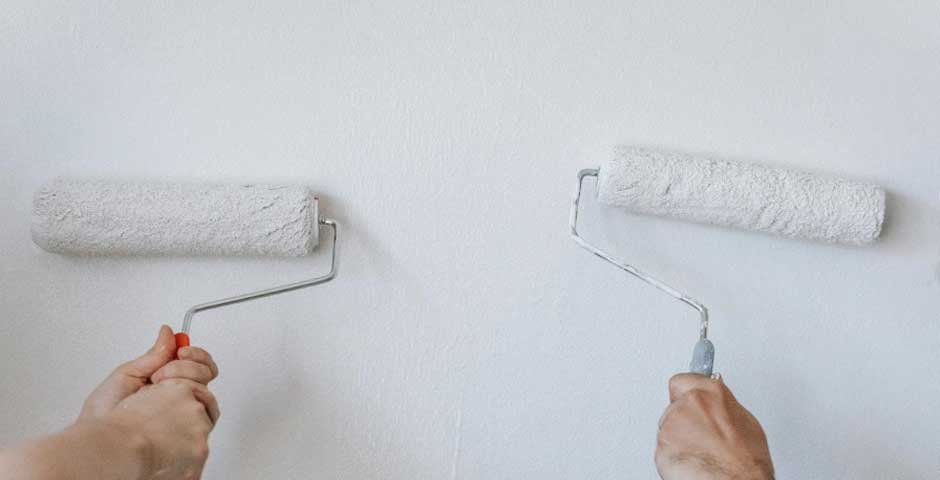
Create Your Own Space
When it comes to customizing your home, it’s all about finding those spaces that feel like your own oasis and utilizing your square footage. If you have the space, we recommend creating a room or even a nook that’s dedicated to your passions — whether that looks like a relaxing yoga room, a library, or a craft room. These details are what make your space feel like your own, and it’s the heart of customizing your space.
Showcase Personal Items
The pieces that are showcased on our mantels, shelves, and bookcases are what make our homes feel like an extension of ourselves. It’s important to fill your home with items that make you feel comfortable and showcase your passions.
It can start as simply as hanging family photos along the walls of the home. If you’re an avid reader, creating built-in shelving to display your collections is a great extension of the things you love. Or, if you love to travel and have collected items over the years, why not put those on display in common areas around the home? Letting your personality and interests shine is one of the simplest and most cost-effective ways to customize your house.
Work with a Design Expert
Whether you have specific design ideas or aren’t sure where to begin, it may be helpful to work alongside a professional interior designer. Often, the process can feel overwhelming and having someone to bounce ideas off of or to make recommendations can help relieve some of that stress.
Customize Your Furniture
You don’t have to settle for the same leather couch or fabric accent chairs that everyone else has. This is your opportunity to explore unique furniture styles, shapes, and sizes. Look for contemporary styles from websites you’ve never explored before. Or visit antique shops to find those one-of-a-kind pieces you won’t find in your neighbor’s home. Experiment with velvet textures, funky patterns, and trends that you can easily swap out in the future. By keeping the rest of your home cohesive, you can easily change these items down the road if your style changes with minimal costs.

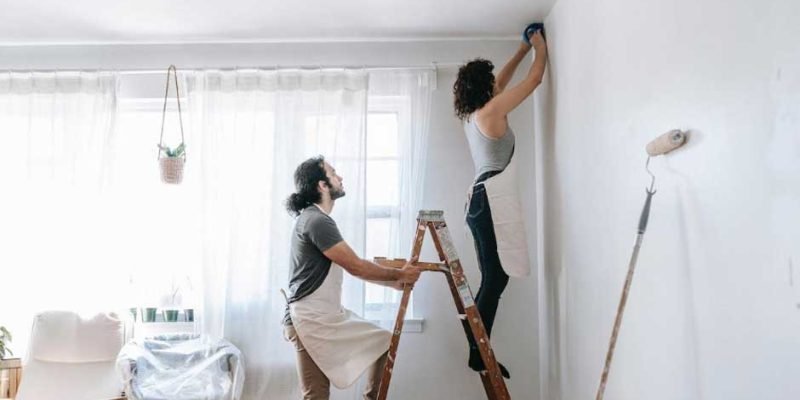





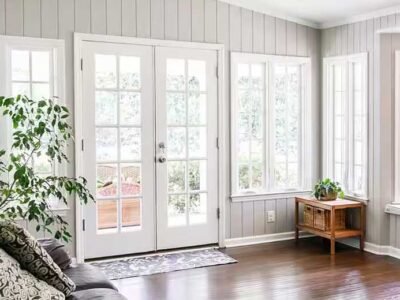
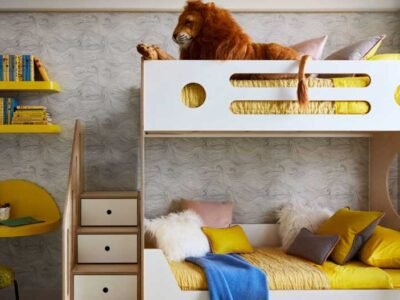
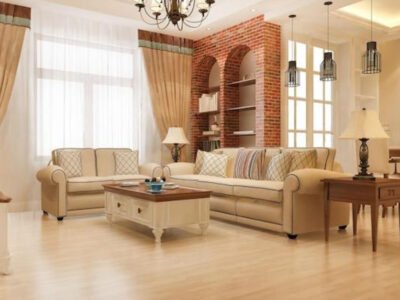







Comments